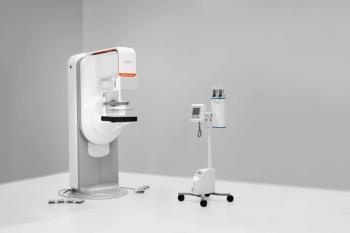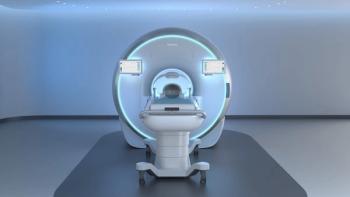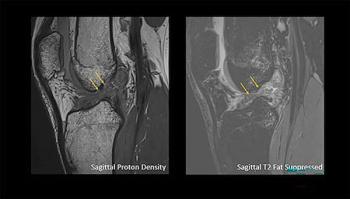
Toshiba to stress efficiency at SNM show
Toshiba America Medical Systems plans to emphasize productivity gains, as well as its coincidence-ready E.Cams with 5/8-inch crystals, at next month's Society of Nuclear Medicine show in Los Angeles. The Tustin, CA, company received clearance for
Toshiba America Medical Systems plans to emphasize productivity gains, as well as its coincidence-ready E.Cams with 5/8-inch crystals, at next month's Society of Nuclear Medicine show in Los Angeles. The Tustin, CA, company received clearance for its coincidence detection imaging software in December and began installing the software this month (SCAN 1/13/99).
Last July, Toshiba began shipping Siemens-manufactured E.Cams with protocols such as motion correction, lung quantification, the merging of spot images into whole body images, and DICOM 3.0 software as part of the camera's standard configuration. At this year's SNM show, the firm will present upgrades it believes enhance its productivity. Toshiba has upgraded its E.Cam UltraSPARC workstation speed to 330 MHz, which the company estimates will improve processing times by approximately 35% to 40%.
The company will feature a number of software packages, including Toshiba's UltraSPECT automatic processing program for cardiac studies, a new OSEM iterative reconstruction package for coincidence imaging, and a new axial whole-body merged SPECT processing package, which can produce three-dimensional whole-body bone displays. Toshiba will also display Emory Cardiac Toolbox for cardiac applications, for which it signed a distribution agreement in April with Emory University, as well as its work-in-progress image fusion program that will integrate nuclear medicine, CT, and MRI images.
This year's meeting will also mark the first nuclear medicine show since Toshiba received Food and Drug Administration clearance for Transview, the company's nonuniform attenuation correction program for its GCA-7200 dual-head cameras (SCAN Special Report 1/99). The package uses transmission correction and triple-energy window (TEW) programs to remove scatter from images. In its booth, Toshiba will present new protocols for using TEW scatter correction with gallium and indium for oncology applications and assessment of inflammatory disease states.
Newsletter
Stay at the forefront of radiology with the Diagnostic Imaging newsletter, delivering the latest news, clinical insights, and imaging advancements for today’s radiologists.




























